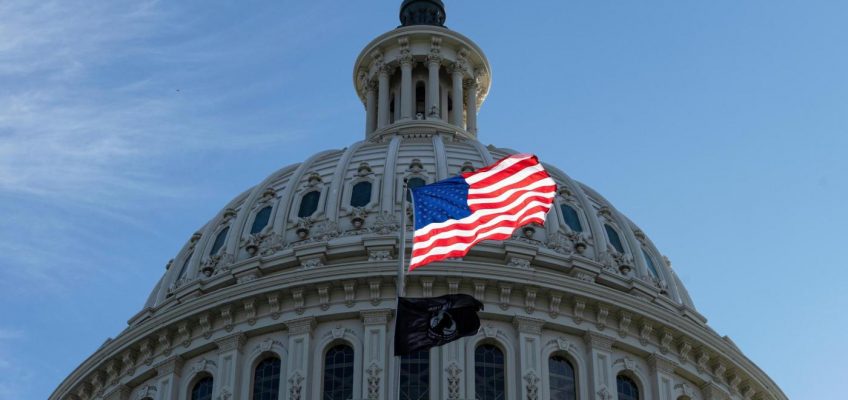WARE, England — Not even a beautiful backdrop in the English countryside could hide how ugly it’s gotten for the Vikings on the offensive line.
The injuries have continued to pile up in the trenches, destroying what was supposed to be a strength for the Vikings this season, while forcing head coach Kevin O’Connell to work through new combinations, seemingly, on a daily basis.
The scene from practice on Wednesday afternoon at Hanbury Manor in Ware, England, helped illustrate how bleak it’s gotten.
You had reserve center Blake Brandel snapping the ball to veteran quarterback Carson Wentz because starting center Ryan Kelly (concussion) and backup center Michael Jurgens (hamstring) missed practice. Meanwhile, star left tackle Christian Darrisaw (rest), rookie left guard Donovan Jackson (wrist), and veteran right tackle Brian O’Neill (knee) also missed practice, meaning right guard Will Fries was the only player from the projected starting offensive line that actually participated.
Asked about the offensive line as a whole, with the Vikings preparing to play the Cleveland Browns on Sunday afternoon at Tottenham Hotspur Stadium in London, O’Connell replied, “We’re working through what that group is going to look like and ultimately where we think we’re at as far as the best collection we can put out there.”
The hope from within the Vikings is that they can at least get Jurgens back at some point this week. If he isn’t cleared to participate in practice, however, Brandel would more than likely get the start in the game.
That would set off a chain reaction that could potentially put rookie left guard Joe Huber in position to make his NFL debut on an offensive line that is also more than likely going to feature backup right tackle Justin Skule.
Not ideal for the Vikings considering the Browns might have the best defensive front in the NFL, led by superstar edge rusher Myles Garrett.
“He’s as unique of a player that we have in the league as far as his every down impact,” O’Connell said before cracking a joke. “Just hope they don’t split him out at X receiver and try to throw him fades.”
The rest of the defensive line seems to feed off the energy Garrett brings to the table snap in and snap out.
“Everything about what they do is forward,” O’Connell said. “They’re trying to win the line of scrimmage from the split second of that ball getting snapped.”
That could spell trouble for the Vikings considering they’ve allowed a league high 18 sacks so far this season. The struggles coincide with the fact that there has been so much shuffling on the offensive line to this point.
“I will never ever question their effort,” Wentz said. “That’s something that’s been constant no matter who’s in there.”
As for Brandel, he’s capable of playing ever position on the offensive line, which is why the Vikings have prioritized keeping him around.
“I try to bring some versatility,” Brandel said. “I’ll do whatever I can to help the team win.”
Though there will probably be some growing pains with so many new faces up front, Wentz is confident in the offensive line and its ability to hold up, regardless of who’s missing from the usual operation.
“The guys are locked in and want to do the best they can,” Wentz said. “We’ve got some good guys here who are ready to accept the challenge.”
Briefly
In addition to the various offensive linemen, the Vikings were also without quarterback J.J. McCarthy (ankle), tight end Ben Yurosek (knee), and edge rusher Andrew Van Ginkel (neck) during practice. The good news is the Vikings got full participation from fullback C.J. Ham (knee) and edge rusher Tyler Batty (knee) as they work their way back from injured reserve.
Related Articles
Why this Vikings fan is biking nearly 400 miles from Dublin to London
The Loop Fantasy Football Report Week 5: As top receivers drop, no-names can catch on
Kevin O’Connell gives State of the Vikings address from across the pond
Vikings right tackle Brian O’Neill has sprained MCL
Mizutani: The highs and lows of the Vikings’ trip to Dublin




